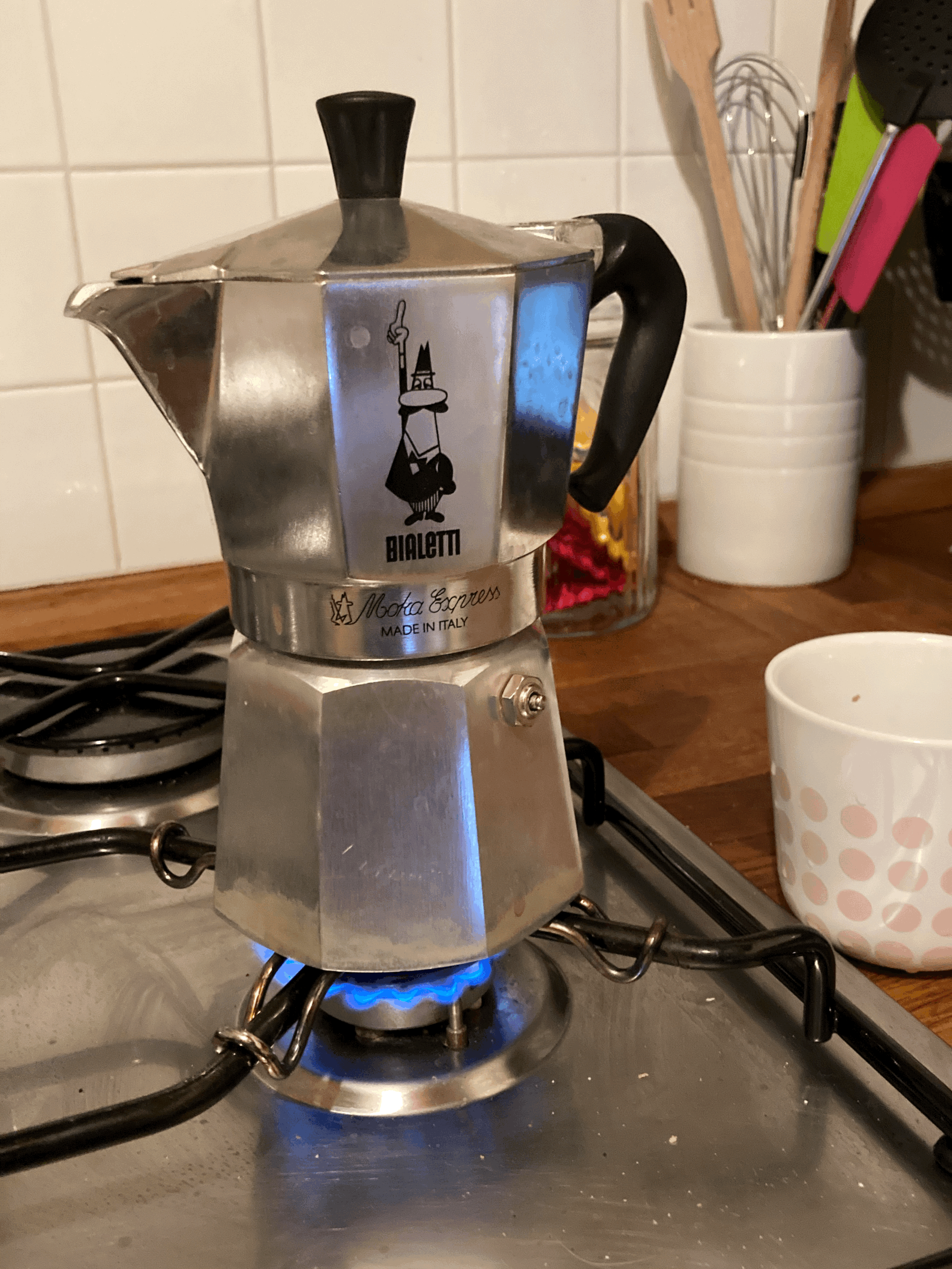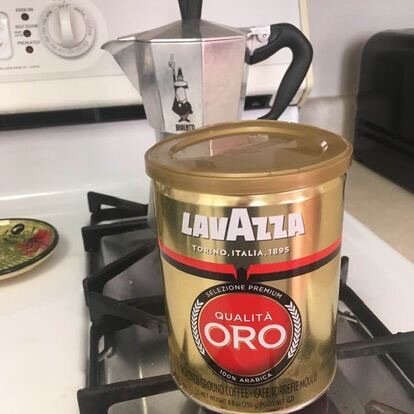Under Italian Skies
Another week of August vacation, another photo post. This week, Italian skies.
It is hard to describe what is so special about the sky in Italy. There is just some combination of color, light, and connection to land, sea, or city that work in harmony. No matter the season or whether the skies are bright blue, filled with soft clouds, or dark and stormy, they are always beautiful. And the sky at sunset, that’s simply magic! I feel so fortunate to be living under Italian skies and I can hardly wait to return to Lucca in late August.
A storm brewing in Volterra
A clear summer day’s sky in Lerici
An early spring sky in Sant’Andrea di Compito
Wispy clouds in Bagnone
Dramatic skies over Pisa
The sky in Lucca makes the perfect back drop for sculpture.
This sky along the River Arno in Florence almost looks like a painting.
Sunset in the Val d’Orcia turns the sky a beautiful shade of pink.
Dusk along the wall in Lucca.



































